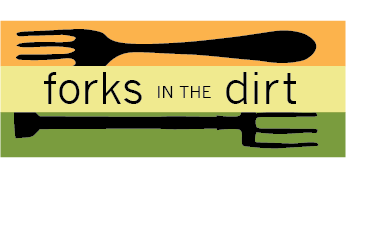Choosing local flowers can have as big an environmental impact as the food we buy!
With Mother’s Day coming up – which accounts for about 25% of all cut flower sales in the U.S. annually, I thought it was time to dig deeper into the dirty side of floriculture and look into the growing trend of local flowers…

Did you know that cut flowers are one of the biggest offenders when it comes to being sprayed with synthetic pesticides and herbicides. And with a nearly $60 billion industry in the U.S., Americans bring a lot of those sprayed blooms home and then seat themselves around them for meals…
Continue reading





























